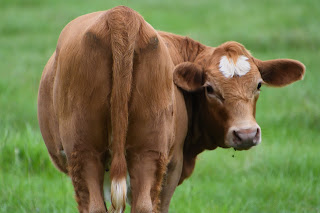Lessons from the Pandemic and Actions that can Reduce Global Warming
Lessons from the Pandemic and Actions that can Reduce Global Warming The Covid 19 pandemic has brought us much death and hardship but surprisingly one positive thing has occurred, the amount of many harmful greenhouse gasses being put into the atmosphere by mankind has reduced. This is the result of the decrease in air and land travel and the large number of factories that have closed or reduced their operating capacity. This may have created an opportunity to make some much needed gains in reducing the amount of emissions and mitigate the effects of global warming on our lives. As we struggle with the anxiety of this pandemic it may do us all some good to direct our energy to the one good thing this pandemic has caused- a reduction in harmful emissions. This begs the question of how each of us can help reduce harmful emissions and thus, the rate of global warming. In a discussion on the ways to reduce global warming, Bill Nye “The Science Guy” was asked which one we...
